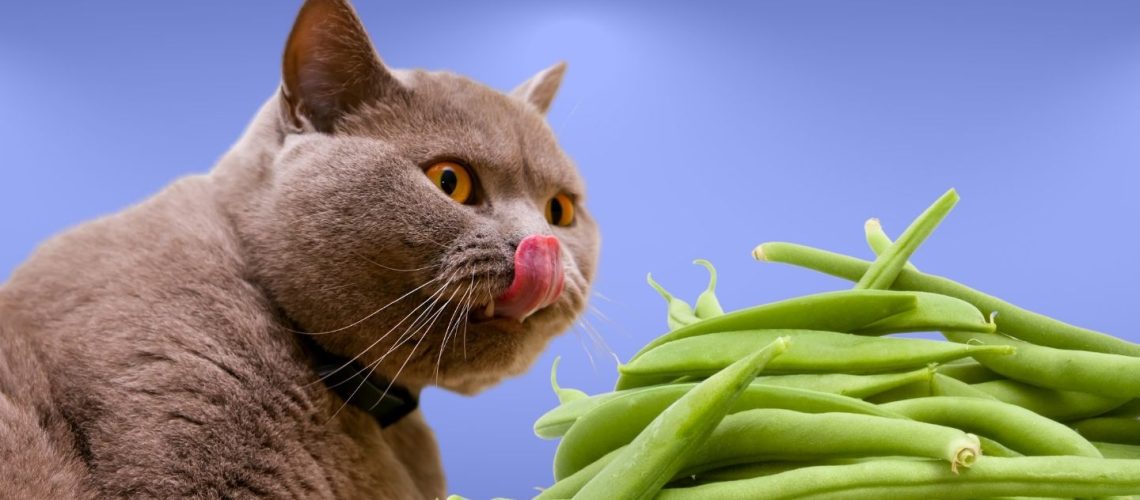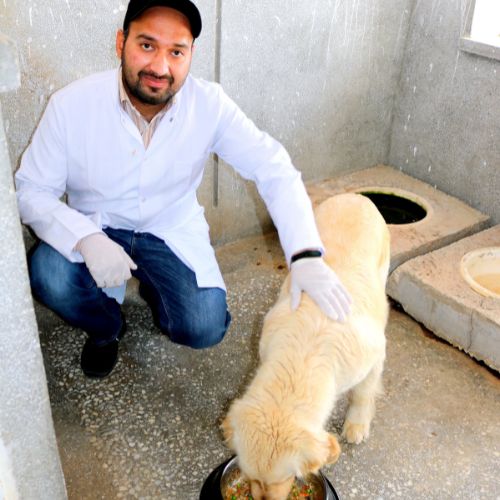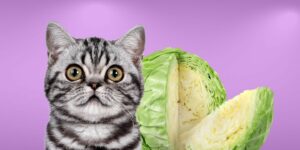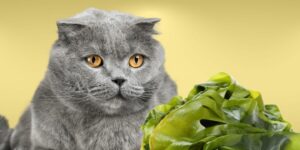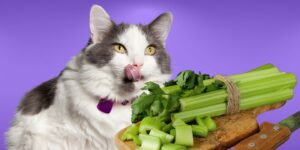The short answer is yes, cats can eat green beans. In fact, green beans can be a healthy addition to a cat's diet. However, it's important to feed them to your cat in moderation and as part of a balanced diet. While it's true that cats are primarily carnivores, they can still benefit from some plant-based foods like green beans, which are packed with essential vitamins and nutrients.
Nutritional Benefits of Green Beans for Cats
Vitamin A: Eye health and immune function
Green beans are a good source of vitamin A, which plays a crucial role in maintaining your cat's eye health and supporting their immune system.
Vitamin C: Antioxidant properties and skin health
Green beans also contain vitamin C. This antioxidant helps protect your cat's cells from damage and supports healthy skin.
Vitamin K: Blood clotting and bone health
Vitamin K is essential for blood clotting and bone health, and green beans contain a significant amount of it.
Fiber: Digestive health and weight management
Green beans are high in fiber, which can aid in your cat's digestion and help with weight management.
Protein: Muscle development and energy source
Although not rich in protein, green beans still contain some, which is necessary for muscle development and as an energy source for your cat.
Essential fatty acids: Skin and coat health
The small amount of essential fatty acids found in green beans can help promote healthy skin and coat for your cat.
How to Serve Green Beans to Your Cat
Preparing green beans for your cat
Green beans should only be served to your cat in small amounts, as a treat or occasional snack. They can be served cooked or raw, but should be cut into small pieces to prevent choking. It's also important to remove the stems and seeds before serving them to your cat.
Determining the appropriate serving size
Start with a small portion of green beans to see how your cat reacts. If they enjoy it and do not experience any adverse effects, it's safe to continue providing green beans in moderation.
Frequency and moderation
It's important to remember that green beans should only be fed occasionally and not as a staple in your cat's diet.
Possible Risks of Feeding Green Beans to Cats
Digestive upset and gastrointestinal issues
If your cat eats too many green beans, they may experience digestive upset, such as gas or diarrhea.
Nutritional imbalances
Green beans should not be used as a replacement for your cat's regular diet. They should only be fed in moderation, as part of a balanced diet.
Choking hazards
Ensure green beans are cut into small pieces and have the stems and seeds removed to prevent choking hazards.
Alternative Vegetables and Fruits for Cats
Carrots
Pumpkin
Zucchini
Blueberries
Apples
These foods can also be fed to your cat in small amounts, as occasional treats.
Consulting Your Veterinarian
Importance of a balanced diet
It's crucial to consult with your veterinarian before making any significant changes to your cat's diet.
Adjusting your cat's diet based on their unique needs
Your veterinarian will be able to determine the right balance of nutrients for your cat and recommend any necessary diet adjustments.
Monitoring your cat's health and well-being
Always keep an eye on your cat's health and well-being, and consult your veterinarian if you notice any concerning changes.
Conclusion
In conclusion, green beans can be a healthy treat for your cat, but they should only be fed in moderation. Be sure to remove the stems and seeds before serving them and consider starting with a small portion to see how your cat reacts. As always, it's important to consult with your veterinarian before making any changes to your cat's diet.

